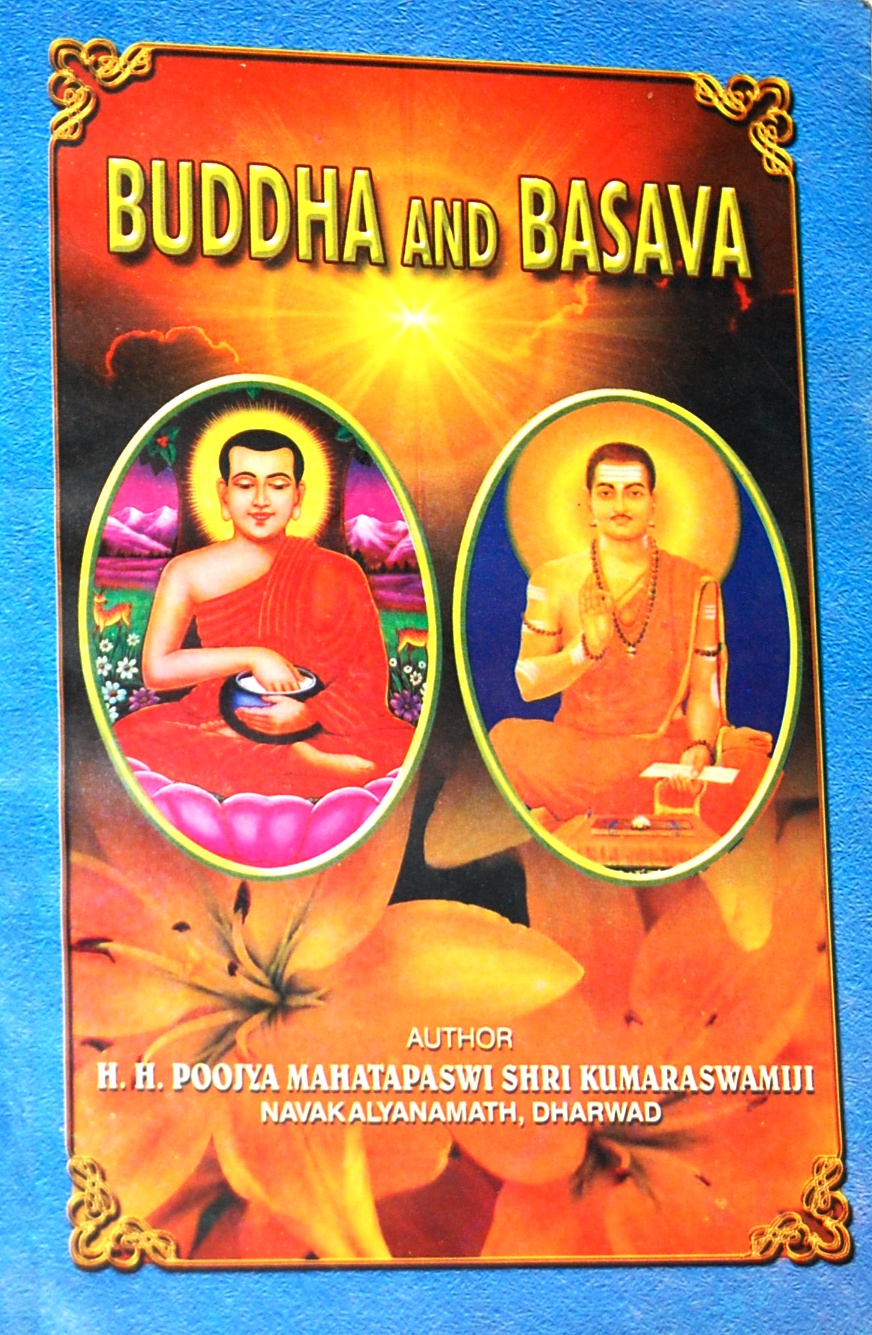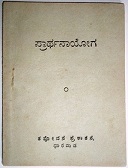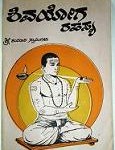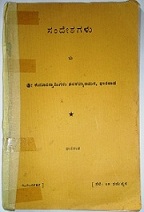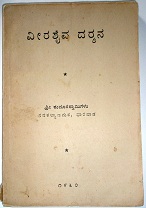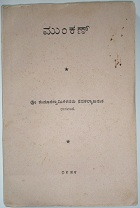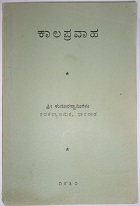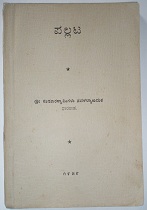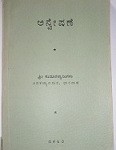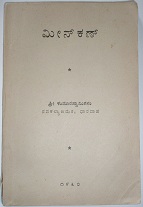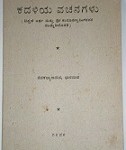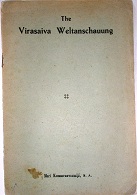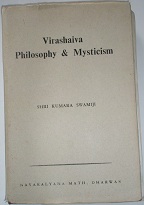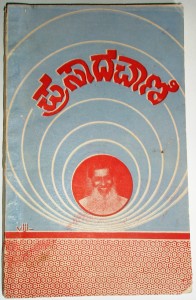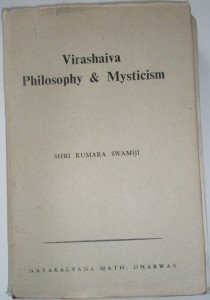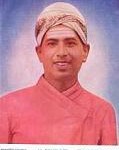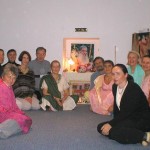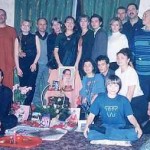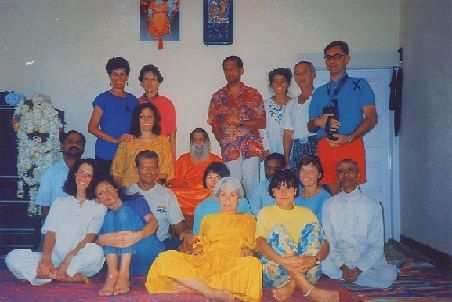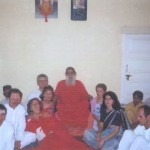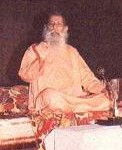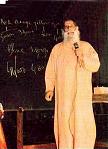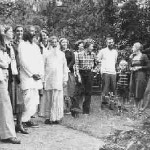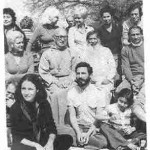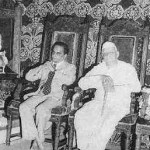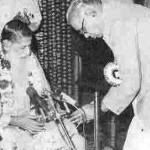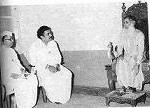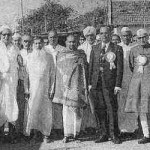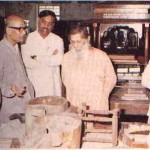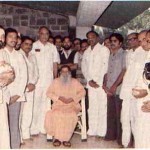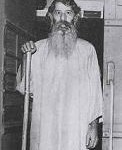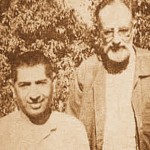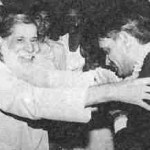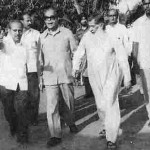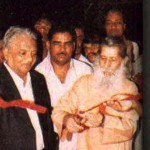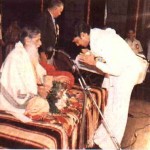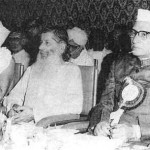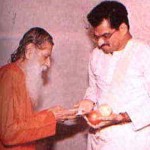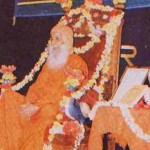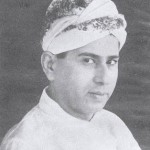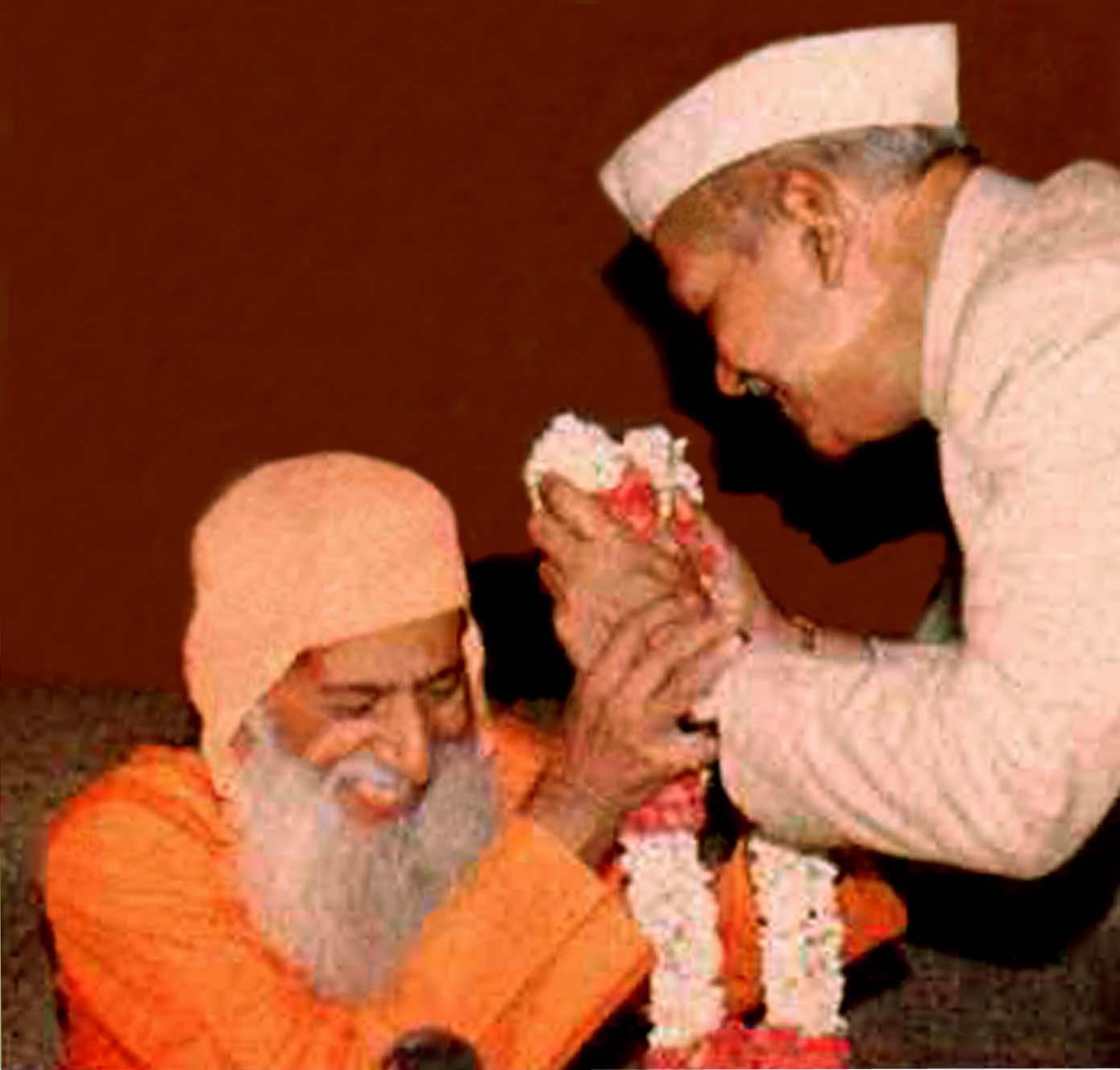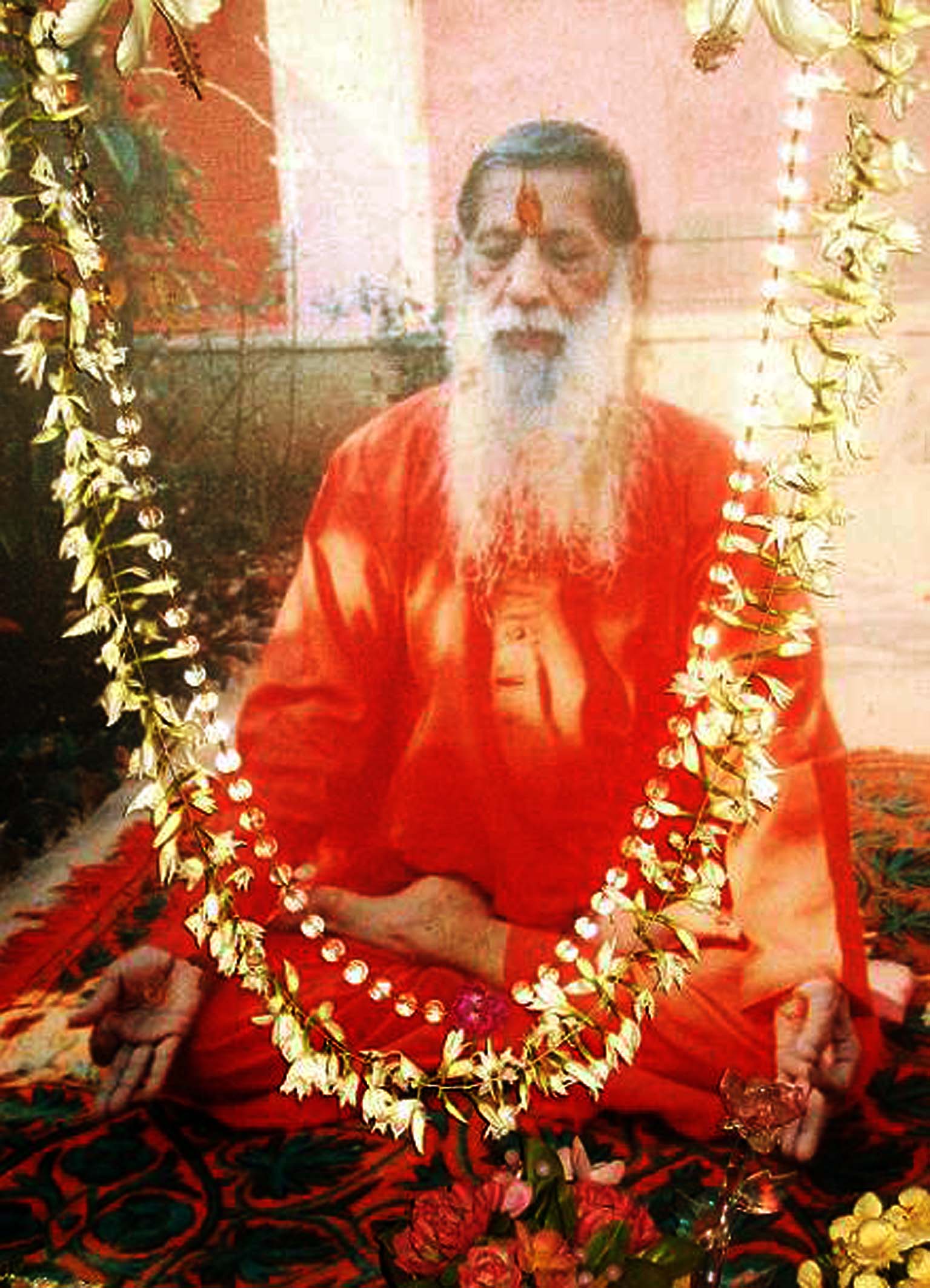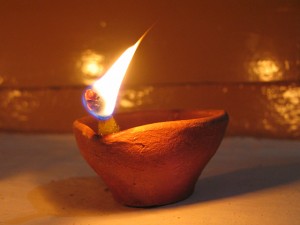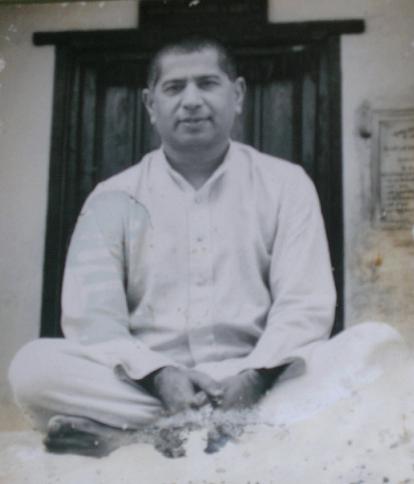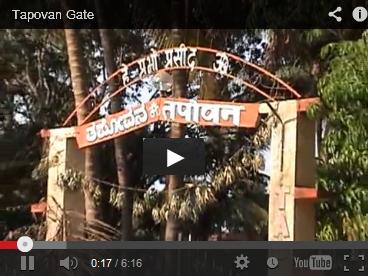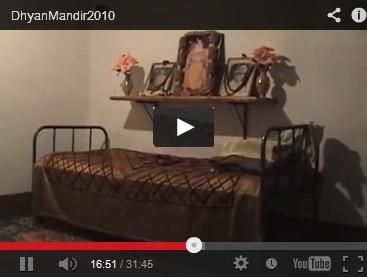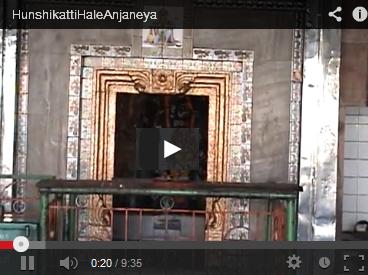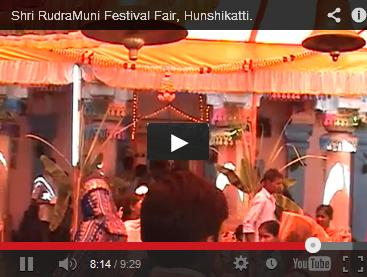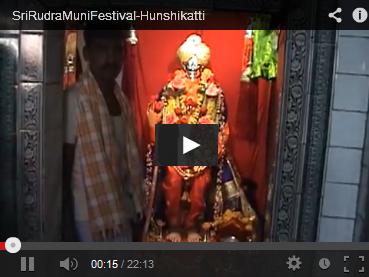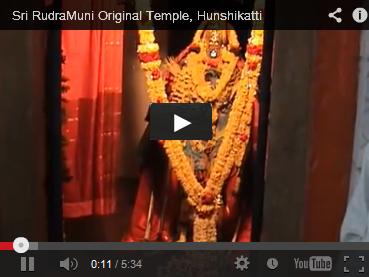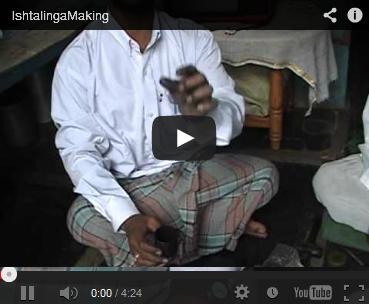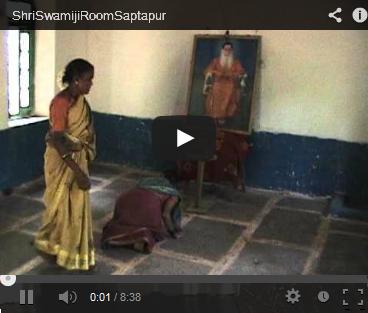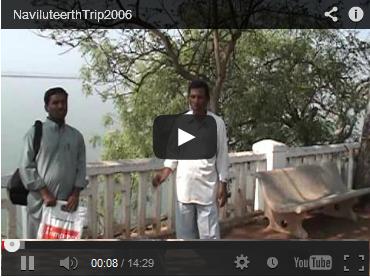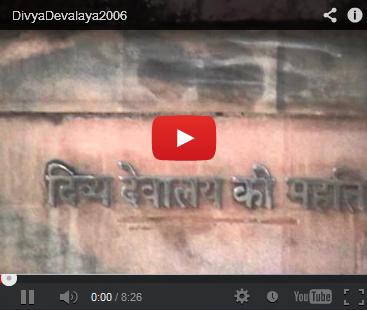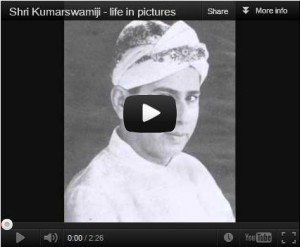Among the immortals of Veerashaivism, Siddharamayya finds a distinguished place, along with Basavanna, Chennabasavanna, Prabhudeva and others. In the Veerashaiva literature there is much material about Siddharama. Since much of it is made up of legends and myths, we have to sift it carefully so as to arrive at the historical truth. He was certainly a historical person, since references to him are found in inscriptions as well as in what remains of his works. He is known as Siddharama of Sonnalige, the present Sholapur, a district headquarters in the present Maharashtra State. Here can be seen to this day the Lingas he installed, the temples and tanks he built and other relics of his activity.
At Sonnalige (today’s Solapur) there lived an old couple, Muddugauda and Suggave. One day Revanasiddheshvara, the great Guru of the day, arrived and, alighting from his palanquin, walked up to their home and prophesied that she would be the mother of a great yogi. True to the prophecy, the boy they had waited for so long was born, endowed with splendid features. But to the parents’ distress, the child neither cried no sucked his mother’s breast, and seemed unaware of things around him. Being an unusual child, his parents brought him up with particular care and affection. When the boy was about ten years old and still a source of anxiety to his parents, he was sent one day into the fields to graze cattle. Here the queer boy begins to worship a Shivalinga under a mango-tree and gives his meal away among his companions.
One day Mallikarjuna appeared before him in the guise of a Jangama. Siddharama enquired who he was. After being told that he was residing at Shrishailam and his name was Mallikarjuna, Siddharama was very pleased and offered him delicious food prepared out of fresh corn. Mallikarjuna then demanded buttermilk and gruel, and Siddharama ran home for them, and in the meanwhile Mallikarjuna disappears. The boy, returning, searches for him in vain. As he runs about crying ‘Mallayya’, ‘Mallayya’, he meets with a pilgrim-party on its way to Shrishailam. The pilgrims offer to show him Mallinatha if he would go with them. Once there, he was shown the temple where Mallikarjuna Linga was installed and informed that the Linga was Mallinatha Himself. Siddharama, however, refusing to believe that Mallinatha was in the Linga installed there, threw himself into the valley in despair; but the god, appearing to him in person, caught him up and sent him back home with the advice to take up some philantropic work, since the very purpose of a Shivayogi’s life is to uplift the people. On his return, Siddharama sets up sixty-four Lingas at Sonnalige and constructs temples, tanks, alms-sheds etc. As he is engaged in the pursuit of his appointed work, Prabhu arrives in the course of his tour, to find Siddharama’s disciples digging tanks. Resolving to show Siddharama the true way to self-realisation, Prabhu taunts them:
Released from the petty world,
Behold, he has entered the great
From a desire of fame,
Of honour and reward!
Siddharama is fallen into a trap!
As for the rest
Who bear the burden of the world,
Sure, doom hat swallowed them!
Saying this, Allama
Has wondered at the sight!
Prabhu has realised that Maya must still be lurking in Siddharamayya’s consciousness. When he asks the disciples where the mason is to be found, they attack him with stones and staves; but they attack him in vain. Siddharamayya, learning of this, himself comes to the spot. He is swollen with pride, as the possessor of the third eye; besides, has he not established numerous Lingas? When he threatens to open his third eye, Prabhu, not the least ruffled, asks him if he could be a yogi in his violence. At these words, Siddharama opens his fiery eye; but the flame issuing from it is meekly absorbed in the soles of Prabhu’s feet. At this, Siddharama, realising his folly, instantly falls at Prabhu’s feet, and is by him forgiven and set on the right path.
From this time begins the second stage of Siddharama’s life. He has now realised that salvation cannot be attained through philantropic acts and worship of Lingas established in the temples.
Prabhu’s purpose is to wean Siddharama from this form of worship to Ishtalinga, and so to transform him from a yogi into a Shivayogi. Hence he proposed that Siddharama should accompany him to Kalyana, which was then the home of Basavanna and Ishtalinga worship.
But there was no entrance into Basavanna’s Anubhava Mantapa for one who had no Ishtalinga. Siddharamayya had accordingly to learn its secret. So he was invested with Ishtalinga, and it seems that the ceremony was performed by Chennabasavanna.
After his initiation, Siddharamayya made rapid progress along the path of Shivayoga, and in course of time succeeded Chennabasavanna on Shunya Simhasana, or the pontificial throne. He entered his ultimate trance at Sonnalige where he had retired.
His influence on several contemporaneous as well as subsequent Sharanas is evident from many sources. His tradition has come down continuously from his time to ours throughout South India. Gifts and charities made in his name by kings and other rulers are recorded in inscriptions. One of them records how Cattayyadeva, the Kadamba king of Goa (A.D. 1246-1272), donated a village called Vuchchangi near Hubli. So great was his prestige that many inscriptions contain, and some even begin with, quotations from his vachanas. One of them is found in Sangur inscription in the present Haveri Taluka. We come across them, in full or in parts, in some other inscriptions as well. In one inscription, so far unpublished, a vachana of his appears in a Sanskrit translation. The inscriptions which contain the vachanas of Siddharama Shivayogi belong to the Kadambas of Goa and the Yadavas of Devagiri and are distributed in the vast area spred over the Sholapur, Bijapur, Dharwar and Chitradurga districts. It shows that Siddharama was accepted and revered as a great saint. The very fact that his vachanas are used as invocations in these inscriptions is sufficient indication of his eminence as a saint. As he was a contemporary of Basaveshvara, he must have lived in the 12th century A.D.
He was an ardent believer in Action. Though he was at first inclined towards visible works such as construction of tanks and temples, installation of Lingas, establishment of alms-housed etc., as calculated to lead him to Heaven, he came later, under Prabhu’s influence, to believe that such philantropic works by themselves, any more than the possession of the third eye, the daily access to Kailasa and such other yogic accomplishments, would not lead to Mukti. As apparent from his vachanas as well as from his biography by Raghavanka, his mastery of yoga was extraordinary. His meeting with Prabhu proved to be a turning-point in his life, and his yoga was transformed into Shivayoga. Another important stage in his life is the initiation given him by Chennabasavanna. His sojourn at Kalyana gave a new orientation to his life, living as he now did among numerous Sharanas in Basavanna’s Anubhava Mantapa, and the feeling that he was God made way for a spirit of utter submission to God.
Out of sixty-eight thousand vachanas which Siddharameshvara is claimed to have composed, only a few hundred have survived, and many of them are noted for their literary excellence. From some of them it becomes clear that he was from the first in the Pranalingi-sthala. Many contemporary Sharanas, too, have testified to it; and it may be presumed that he had simultaneously mastered the other sthalas and their subdivisions.
Many Sharanas, both men and women, have paid tributes to Siddharameshvara. The following may be quoted among others:
I gained through Siddharamayya one-pointed faith. – Prabhu
Siddharameshvara is The Shivayogi who can be Linga himself And himself be linga. – Chennabasavanna
Siddharamayya’s trance has become mine as well. As I am his little child, He has in his pity bestowed on me The ‘Prana-prasada’. – Mahadeviakka
Siddharamayya had attained The sanctity of yoga. – Eleshvara Ketayya
Following Basavanna, the Jangamalinga, Siddharamayya became as Basavanna. – Neelambike
Siddharamayya is the spirit of my God. – Marula Shankaradeva
Through Siddharamayya’s grace I gained the pure Shiva-principle. – Tontada Siddhalingeshvara
This information on – ‘Sri Siddharameshwar’ – is taken from SHUNYASAMPADANE, Volume I, 1965, KARNATAK UNIVERSITY, DHARWAD.











